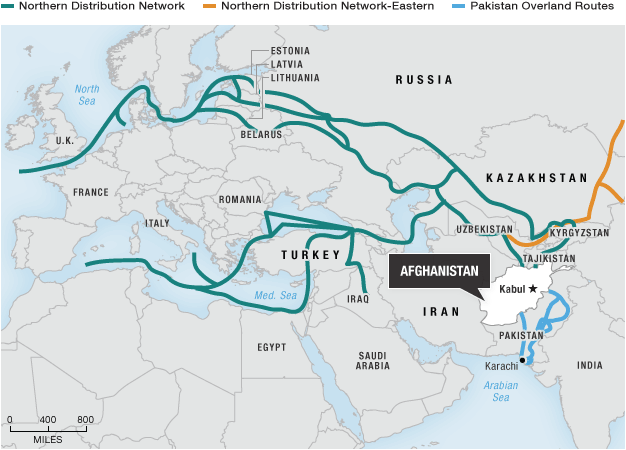The
A-10 Warthog is a unique and specialized close air support (CAS) aircraft that the Air Force has fielded and maintained since the late 70's. The
effective and devastating CAS the A-10 provides to troops on the ground has earned it a spot near and dear to the heart of many soldiers on the ground. Due to steep budget cuts afflicting the DOD, the necessity of this capability, as well as the effectiveness of other aircraft to fulfill the same mission is currently in
open debate and could easily produce a books worth of commentary.
Rather than dive down that rabbit hole, the purpose of this post is to explore the interesting, if impractical, possibility of the Army procuring the Air Force's
300+ A-10's should they decide to retire them. When this potential is approached using the four stages of logistics (GTSR), the Army only has to seriously consider two of the four aspects should they take control of the A-10.
Generation:
The fleet of A-10's is already produced, the Air Force keeps repair and replacement parts on hand, and the munitions production is already in full swing. Many Army posts are already joint based with the Air Force, and others are home to aviation units that already have airstrips that can handle an A-10. The real issue comes from the generation of soldiers to support the A-10. The troops needed to operate and maintain them are already trained and
working in the Air Force. If the Air Force decides not to transfer its
Airmen into the Army, a foolish decision considering the looming troop
cuts, the mechanics of the A-10 are not drastically dissimilar from that
of the Apache, Black Hawk, or Chinook, and enlisted AIT could easily be
tweaked to include the new platform. However, this is only a short term
fix. In the long run, a new MOS AIT (or several) will need to be created, and the Army will need to develop it's own flight school for the A-10. Not a monumental undertaking, but a serious consideration, especially with a tight budget.
Transportation:
The Air Force already transports the Army's helicopters, and it's own A-10s, and the Army is already set up logistically to support CAS helicopters. Little if any change is needed in the realm of transportation.
Sustainment:
This is the area where the Army would need to focus if they were serious about taking over the A-10 platform. With budget cuts coming in fast, can the Army afford to take on another weapons system, MOS, flight school, and all of the new munitions the A-10 typically carries? The ordinance corps will need to expand its capability to support a new platform, and all of the new inventory items that entails. Air strips will need to be maintained, especially with the added wear and tear that jet aircraft put on them. For the Army, the sustainment of this new asset would be a serious consideration.
Redeployment:
This would be another minor factor in the Army's ability to adopt the A-10. Redeployment would be handled much in the same way that Apache units are, with the Air Force's help.
Overall, the Army would need to weigh the benefits the A-10 brings to the table with the added costs associated with introducing any new asset. Currently the Air Force has decided to maintain possession of the A-10, but should they ever decide to get rid of them, the Army is not far from being able to effectively integrate the A-10 into its logistical infrastructure.








